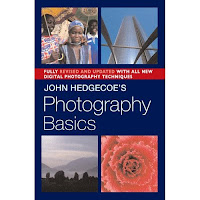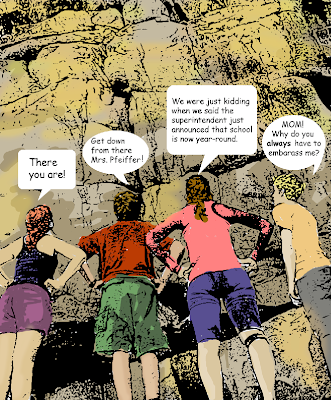

When I was first given the opportunity to teach digital photography, I had to head to the bookstore. My last college photography class had been 1979. I had taken 3 levels of photography and had worked as a photojournalist in my mid-20s, but remembering how I was taught the essentials was packed away somewhere in the attic section of my brain.
My digital photography curriculum is a combination of photography essentials (composition, lighting, point-of-view, expression, topics) and Photoshop. During the warm weather months we focus on those photography topics (which would apply to film as well) and then, obviously, during the months with nasty weather, we focus on Photoshop and studio photography. And, as you probably have discovered, there are no books that I have run across that cover both topics well, which is understandable. And for that reason, I do not use a text book.
The majority of the photography part of the curriculum came from two fantastic books, John Hedgecoe: The New Manual of Photography: A Definitive Guide to Photography in Every Format, and his more basic one, John Hedgecoe's Photography Basics. I recommend both, because you can use a lot of the chapters from his Basics directly in the classroom. The Definitive Guide takes more careful thought about what is too advanced or non-essential for your students. I remembered him from college. I loved his book on filmmaking. He writes so beautifully and from the perspective of an artist, not a tech geek. And, they are visually exciting books, as well.
Here are just a partial list of sub topics in his chapter called, "The Art of Good Photography Composition" (Definitive Guide): The selective eye; placing the subject in the frame; using diagonals; circles; frames within frames; selecting a viewpoint; linear perspective; using shadows; texture, pattern, and quite a few more. He has another complete chapter devoted solely to color.
So, if, like me, it's been a long time since you took that photography class, consider these two books. There are many others that cover more specific or advanced photography topics, but these are the best essentials for the art of photography.





















